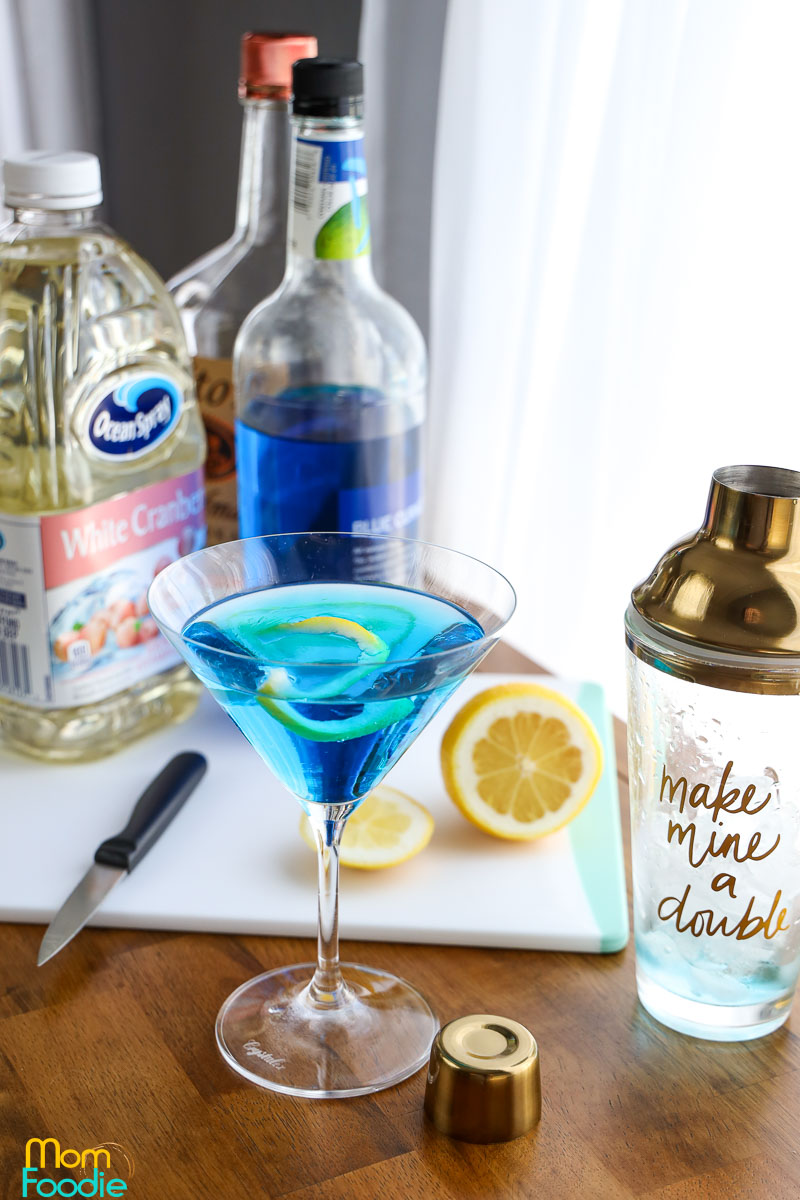


However, a bartender named Patrick "Paddy" Mitten is also credited with bringing the drink to New York City from San Francisco in October 1987. New York City Īccording to Sally Ann Berk and Bob Sennett, the cosmopolitan appears in literature as early as 1993 and derives from New York City. Huffsmith-Roth's Cosmopolitan includes 2 oz Absolut Citron vodka, 1 oz Cointreau, 1 oz lime juice, and. Notable bartender Gaz Regan says that the internationally recognized version of the cocktail was created by Toby Cecchini & Melissa Huffsmith-Roth in 1989 at the Odeon restaurant in Manhattan based on a poorly described version of Cheryl Cook's creation. This is what the Cosmo was based on.Ĭook's original recipes called for " Absolut Citron, a splash of Triple sec, a drop of Rose's lime and just enough cranberry to make it oh so pretty in pink." Although Absolut Citron was not introduced anywhere officially until 1988, it was test marketed in Miami. It was on this realization that gave me the idea to create a drink that everyone could palate and was visually stunning in that classic glass. What overwhelmed me was the number of people who ordered Martinis just to be seen with a Martini glass in their hand. In a letter to Regan, Cook related the story of how she created the drink in 1985 or 1986: Cocktail historian Gary Regan credits bartender Cheryl Cook of the Strand Restaurant in South Beach, Florida with the original creation. There are a number of other claims made as to the origin of the cosmopolitan. Caine is credited with bringing the Cosmo west from Cleveland.

He partially credits the upsurge in cocktails during the 1970s to the Cosmo being served at fern bars. John Caine is the owner of several popular bars in San Francisco and a cosmopolitan expert. According to Murray, he added a splash of cranberry juice to a Kamikaze and the first taster declared, "How cosmopolitan." Murray's Cosmopolitan used 1.5 oz Gordon's vodka.

Neal Murray īartender Neal Murray says he created the cosmopolitan in 1975 at the Cork & Cleaver steak house in Minneapolis. One version of the creation of this popular drink credits the accomplishment to the gay community in Provincetown, Massachusetts. If this drink is in fact the source of the modern cosmopolitan, then it would be an adaption of a Daisy rather than a Kamikaze. Made with ingredients that would have been readily available during the period, this identically named cocktail aims for the same effect. Shake with ice and strain into a cocktail glass. Juice of 1 Lemon (1 US fl oz Lemon Juice) Jigger of Gordon's Gin ( 1 + 1⁄ 2 US fl oz Beefeater)Ģ dash Cointreau ( 1⁄ 2 US fl oz Cointreau) While the cocktail is widely perceived to be a more modern creation, there is a recipe for a Cosmopolitan Daisy which appears in Pioneers of Mixing at Elite Bars 1903–1933, published in 1934. The origin of the cosmopolitan is disputed. Though often presented far differently, the cosmopolitan also bears a likeness in composition to the kamikaze cocktail. The cosmopolitan is a relative of cranberry coolers like the Cape Codder. The International Bartenders Association recipe is based on vodka citron, lemon- flavored vodka. † Cosmopolitan recipe at International Bartenders AssociationĪ cosmopolitan, or, informally, a cosmo, is a cocktail made with vodka, Cointreau, cranberry juice, and freshly squeezed or sweetened lime juice. The drink should be a frothy bright pink color Shake all ingredients in cocktail shaker filled with ice. A cosmopolitan garnished with a lemon twist


 0 kommentar(er)
0 kommentar(er)
